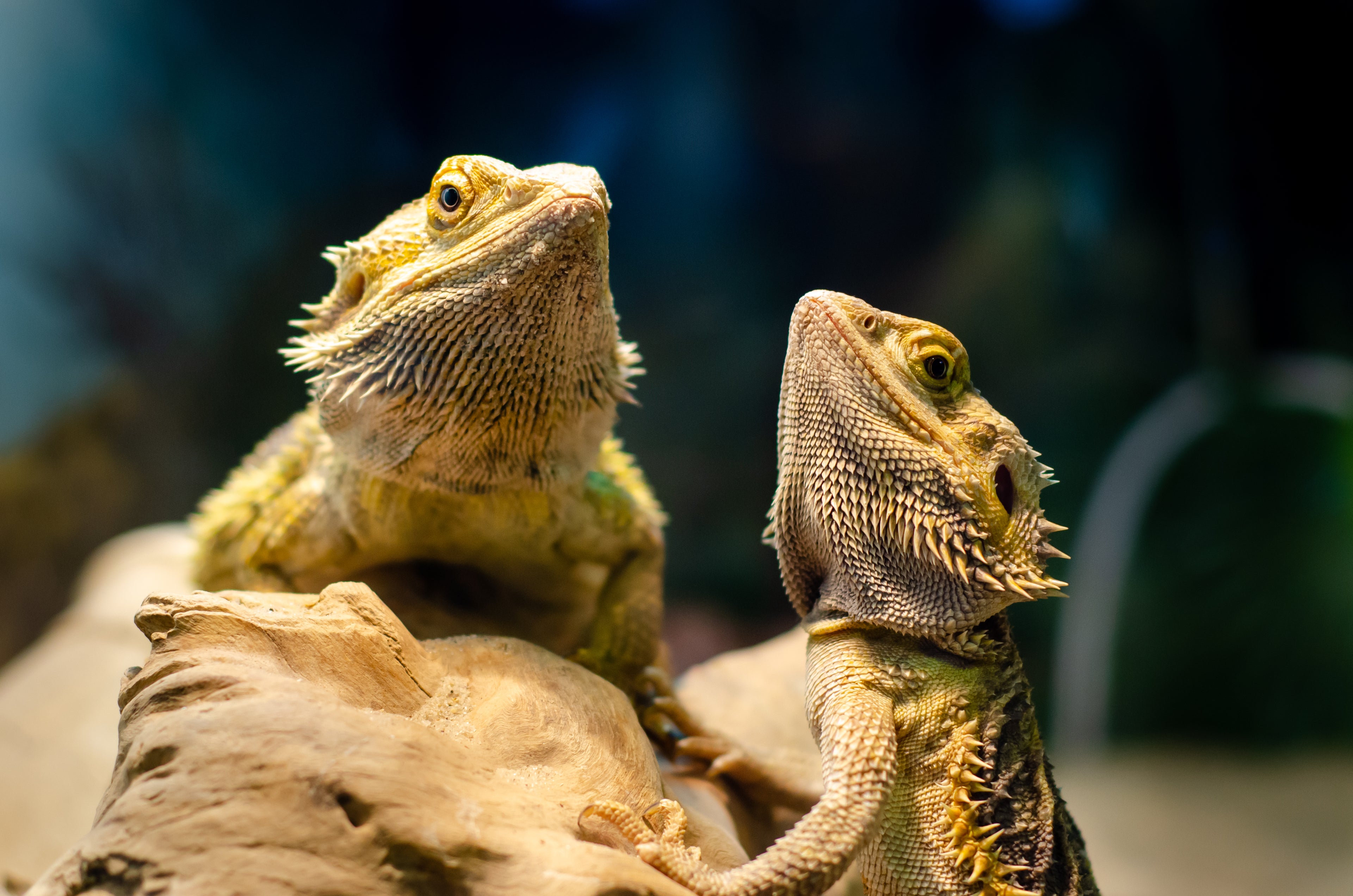
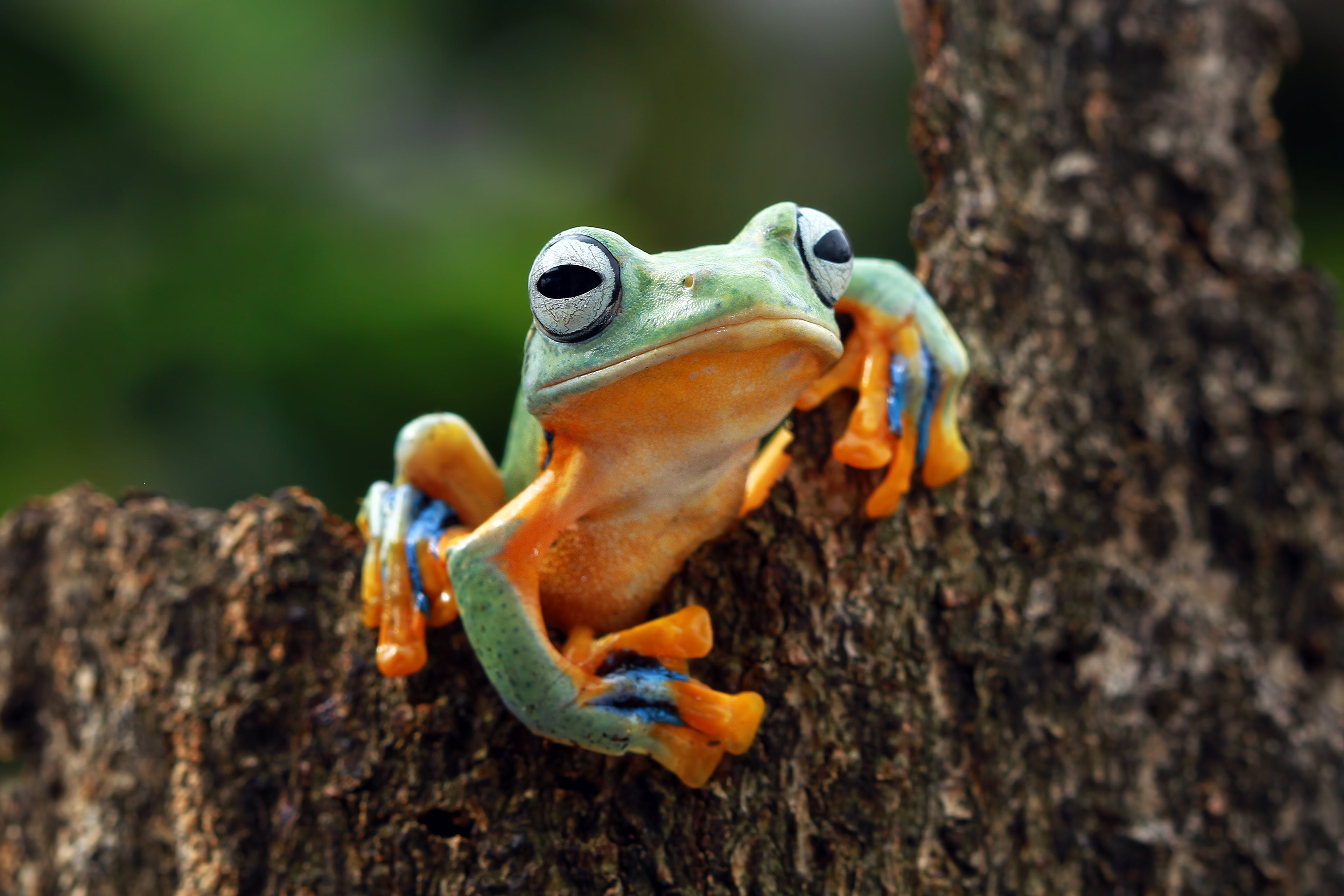
Order Online Today!
Categories
-
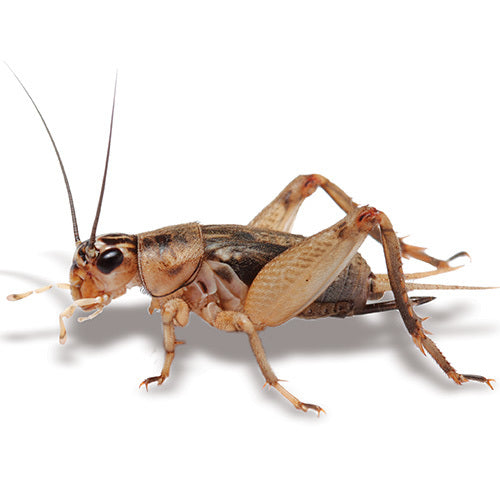
Live Insects
Live crickets, superworms, mealworms, and black soldier larvae fly + handling!
-
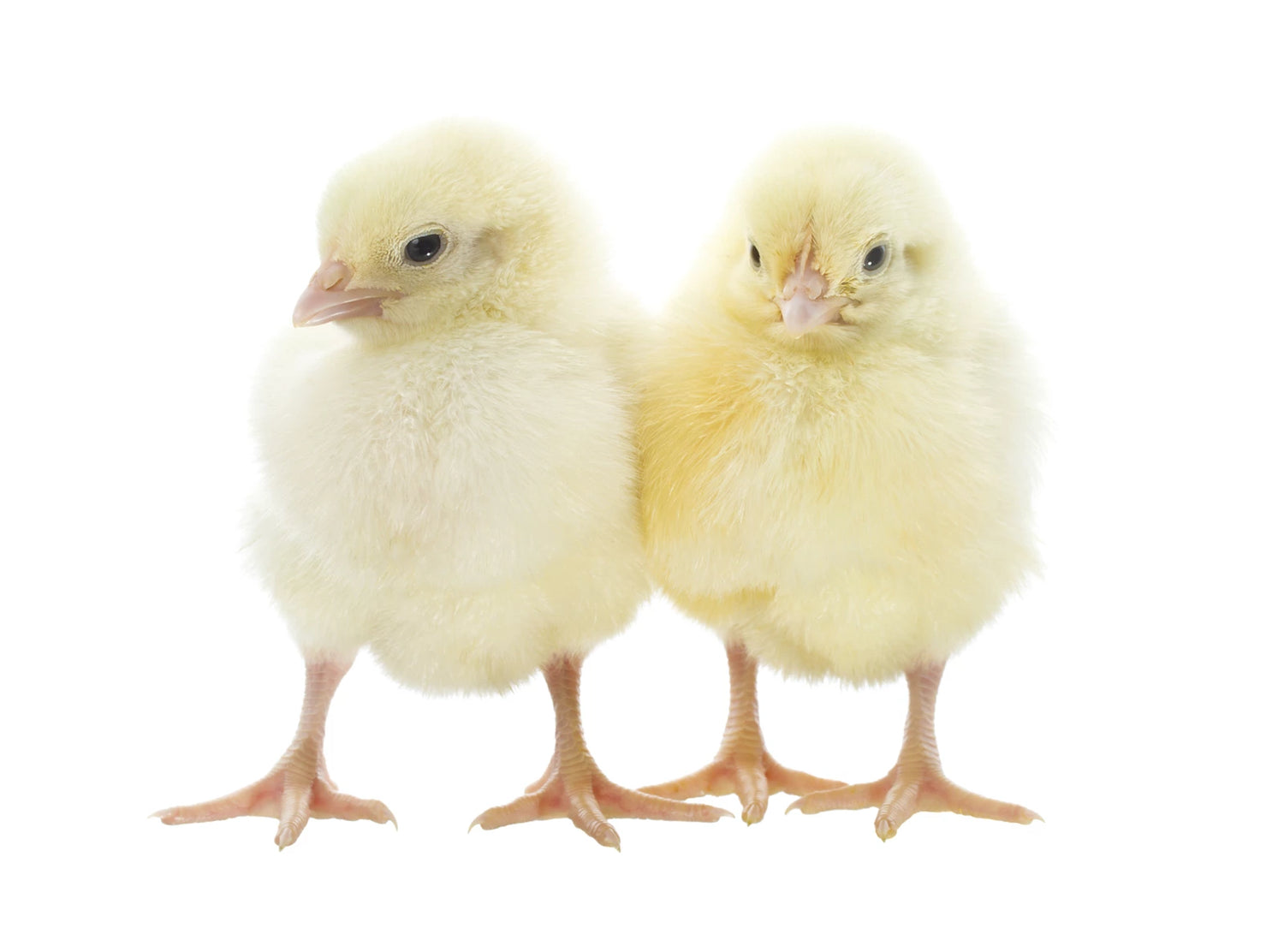
Frozen Food
Rats, mice, quail, chicks, rabbits, and more! Please check our frozen policy in...
-
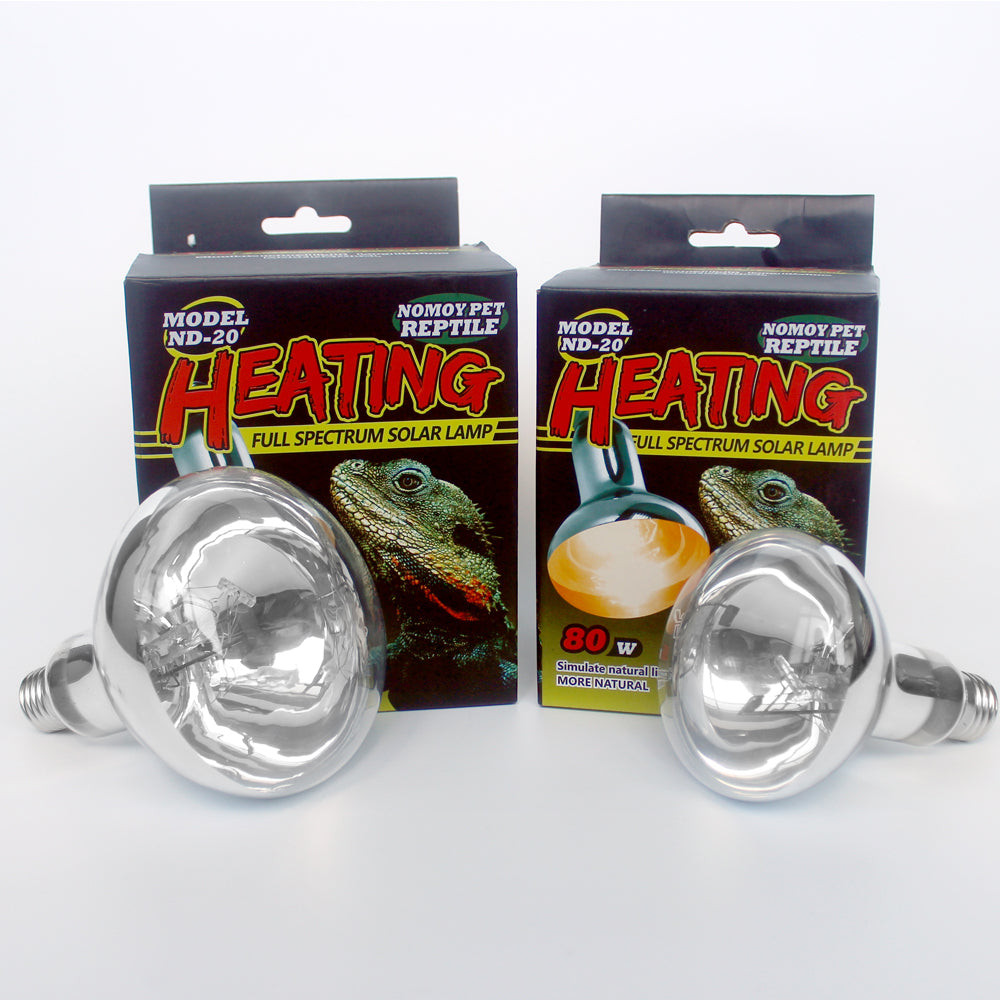
Accessories and More
Lamps and globes, heat mats, decor, and more!
-
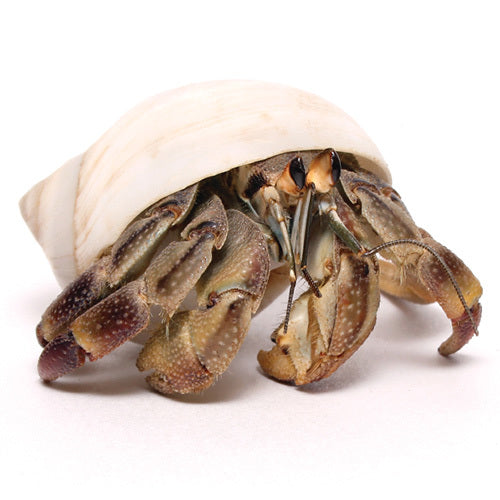
Live Hermit Crabs and Accessories
Live hermit crabs, spare shells, tank decor and all other hermit crab...
-
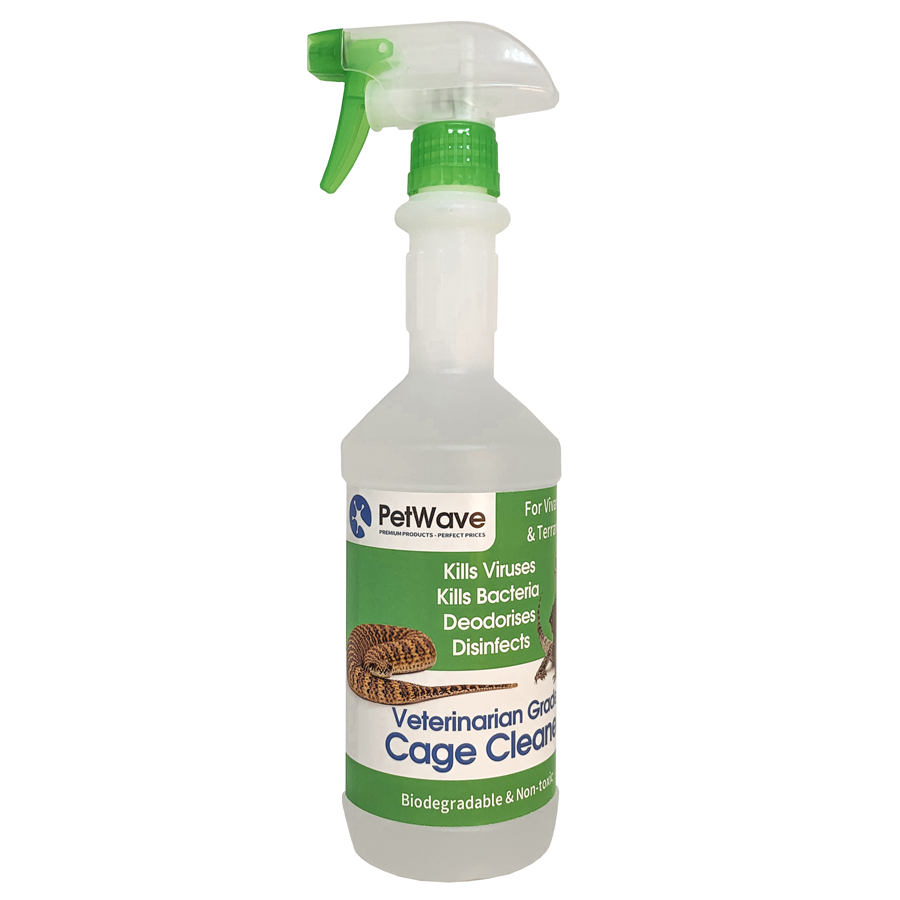
Disinfectants + Fluon
Our Vet spray, F10 products, and Fluon barrier paint!
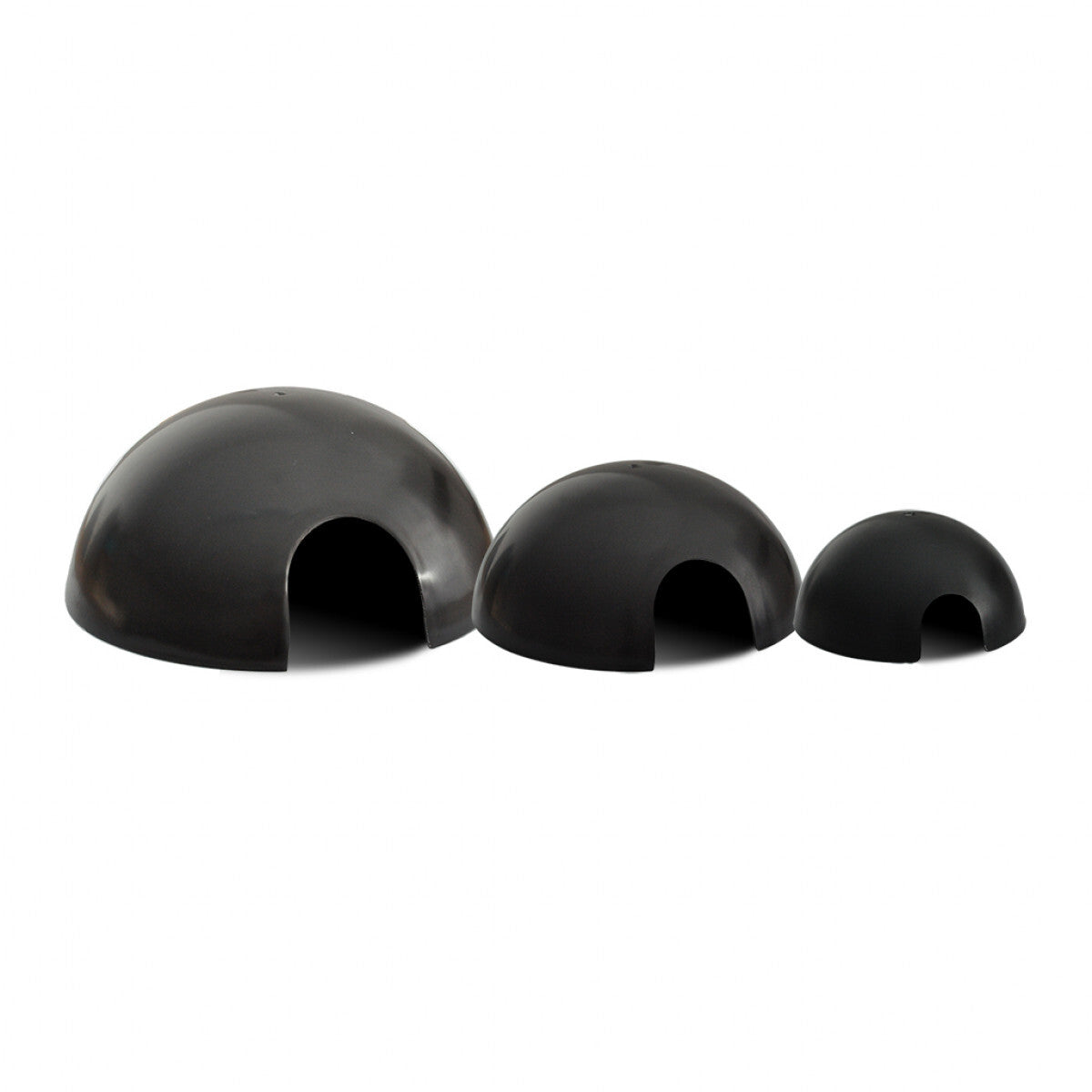
PetWave
Black Plastic Reptile Round Breeder Hide Box
Share
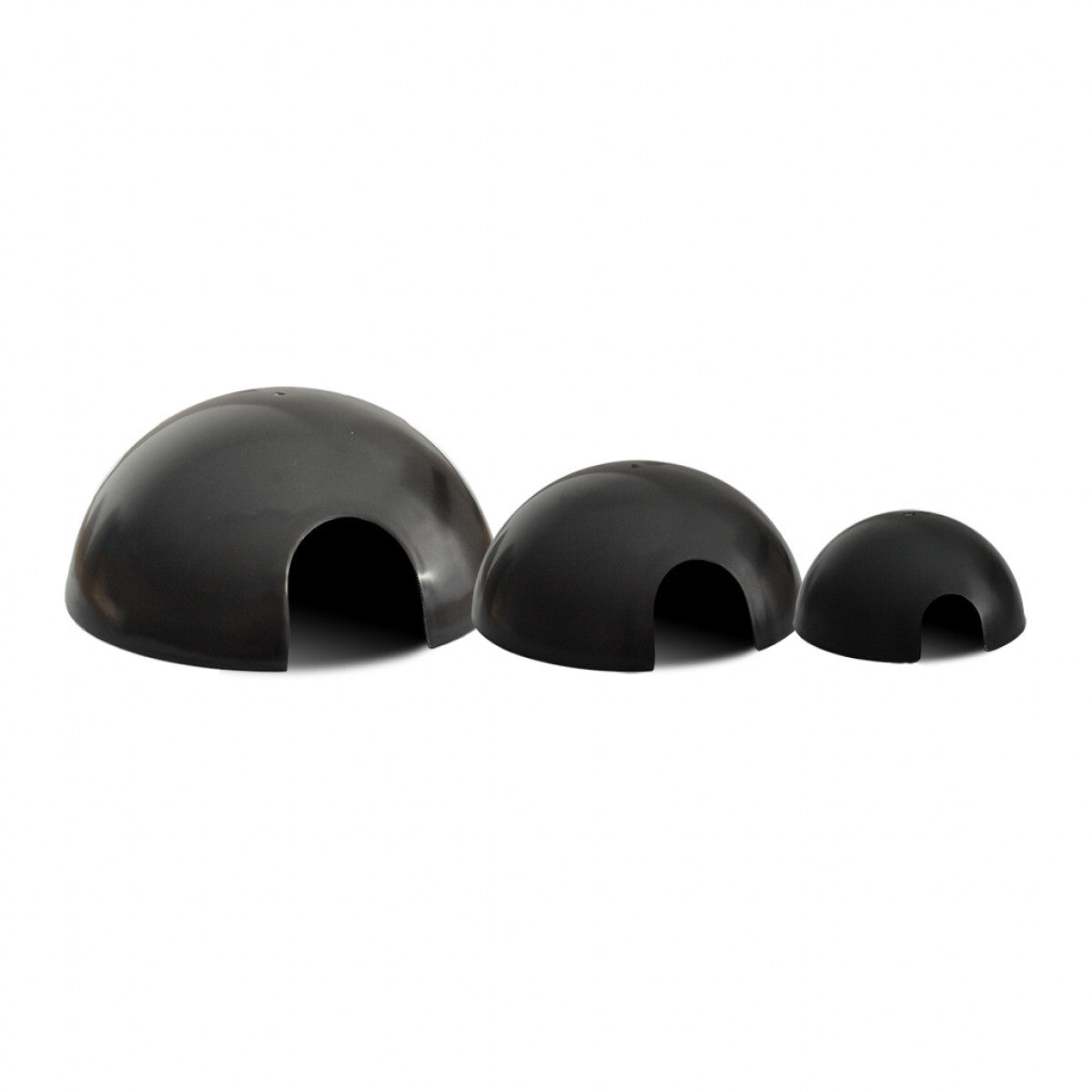
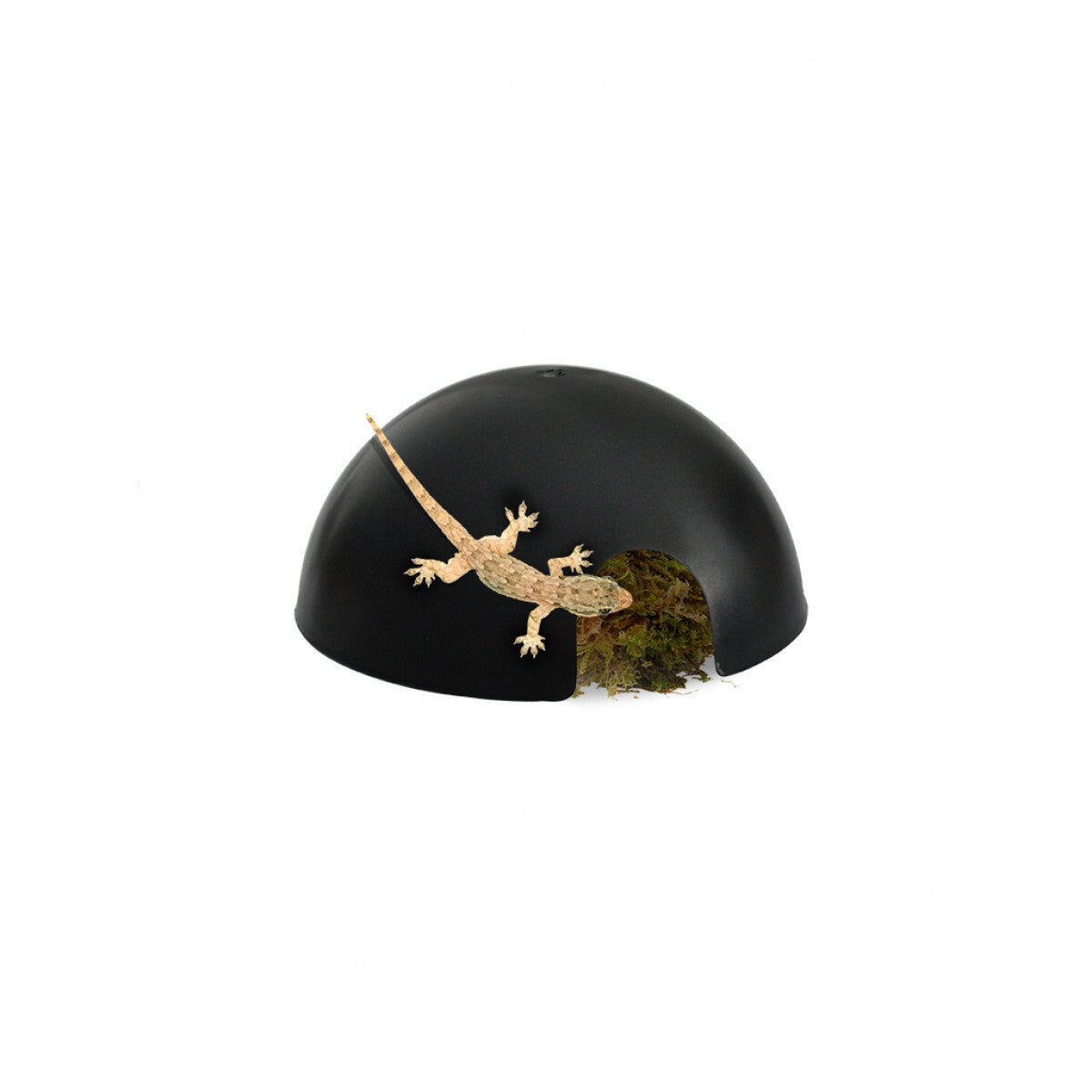
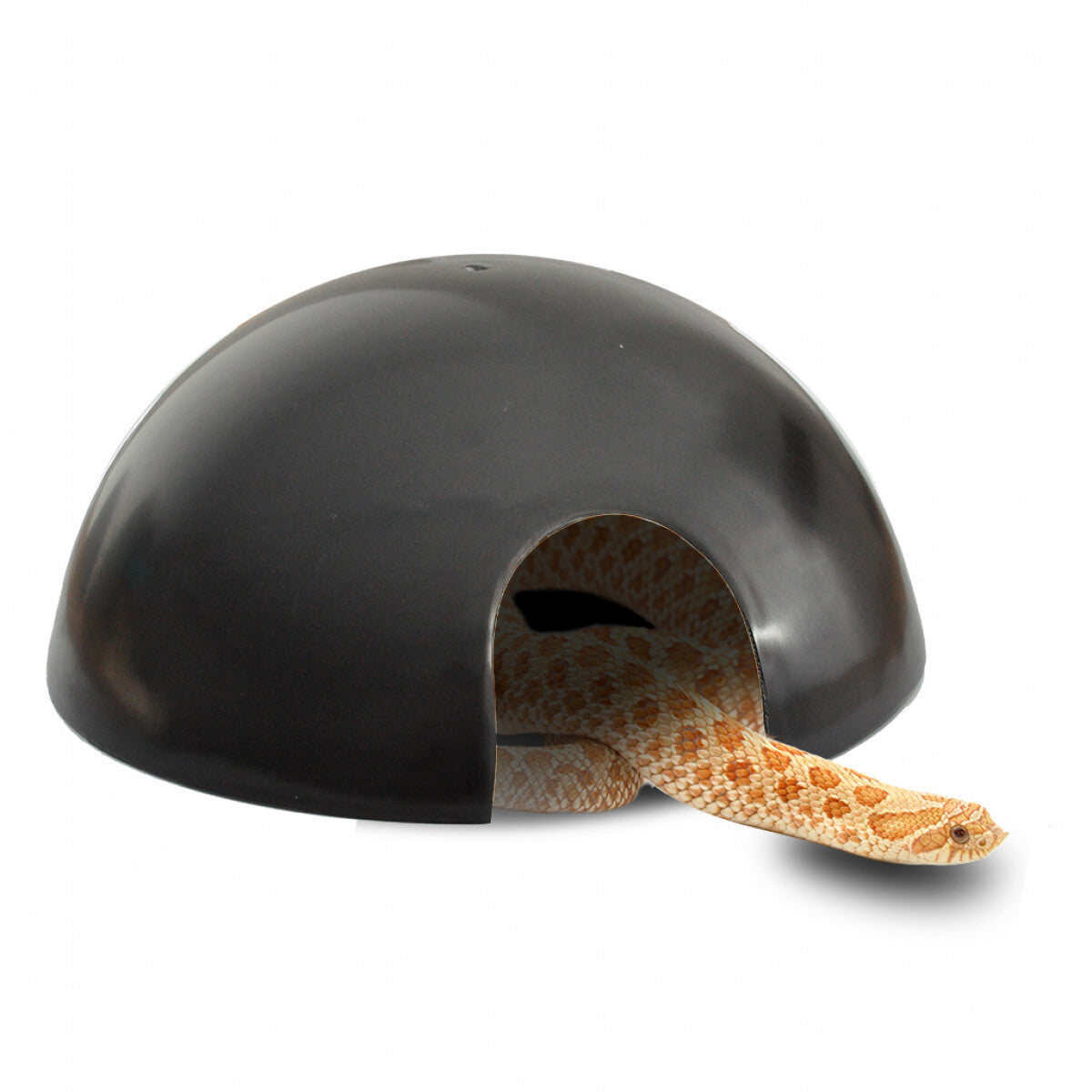
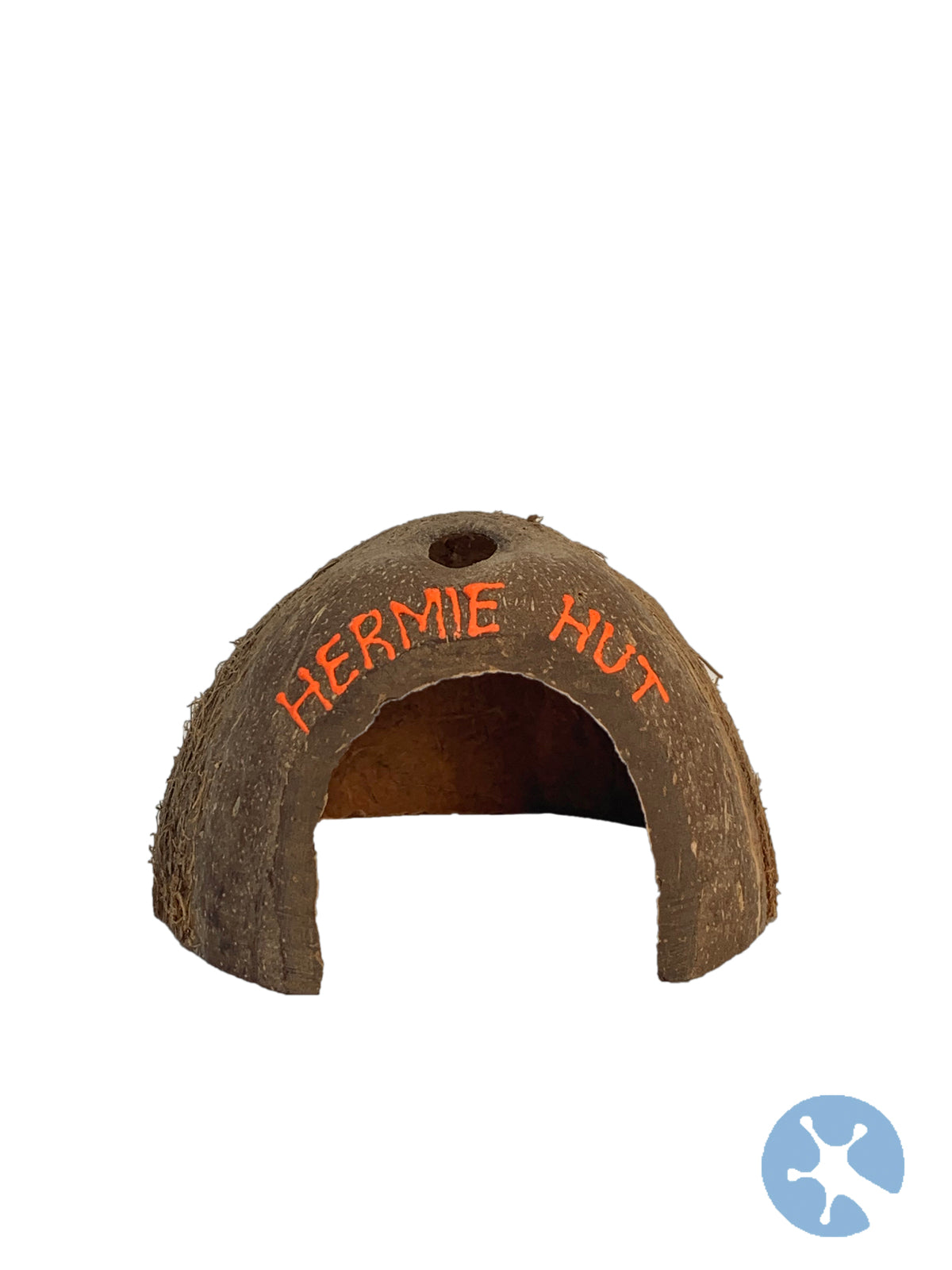
PetWave
Hermit Crab Coconut Hut | For Live Hermie Crabs | Coenobita variabilis
Share
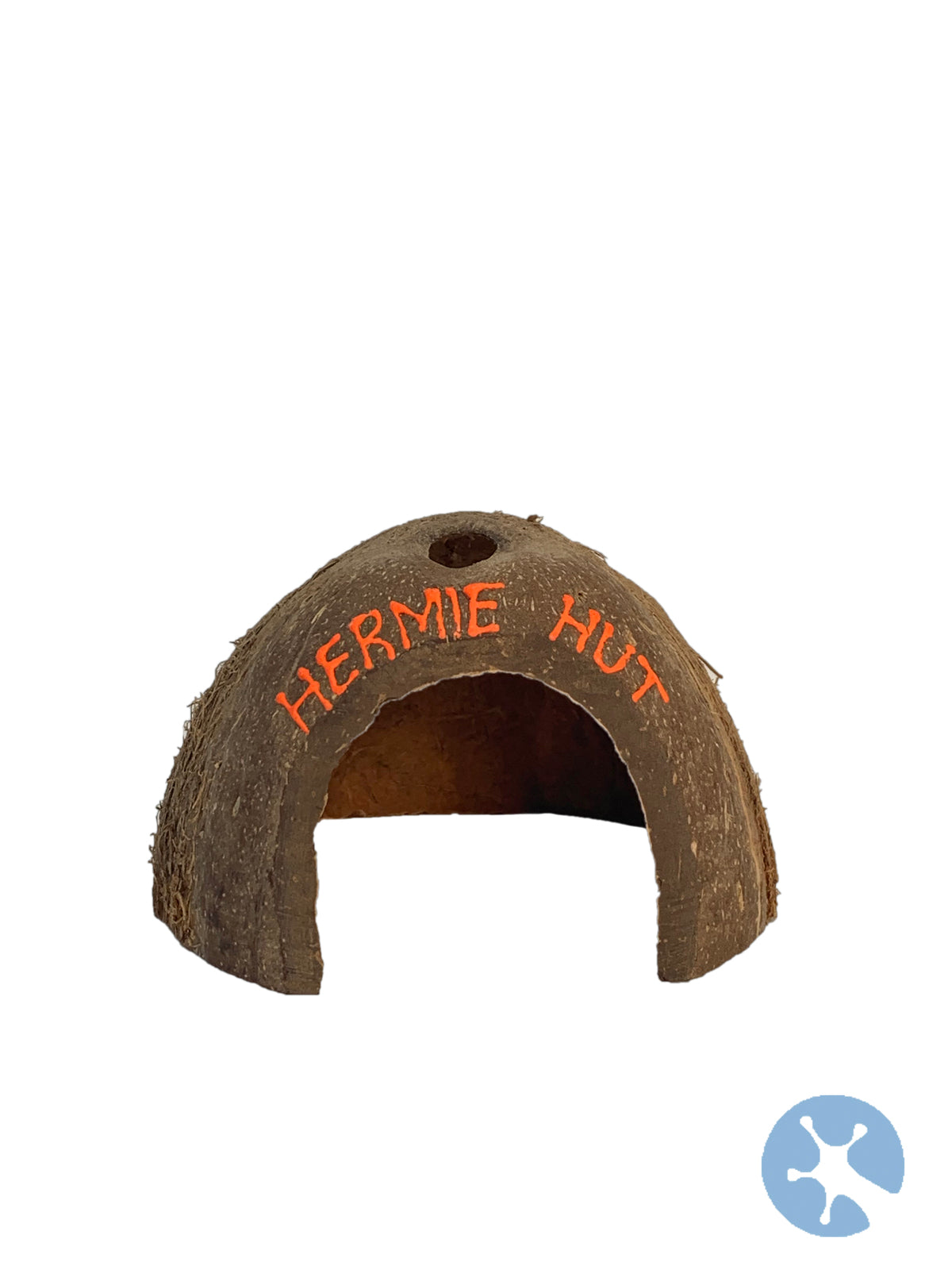
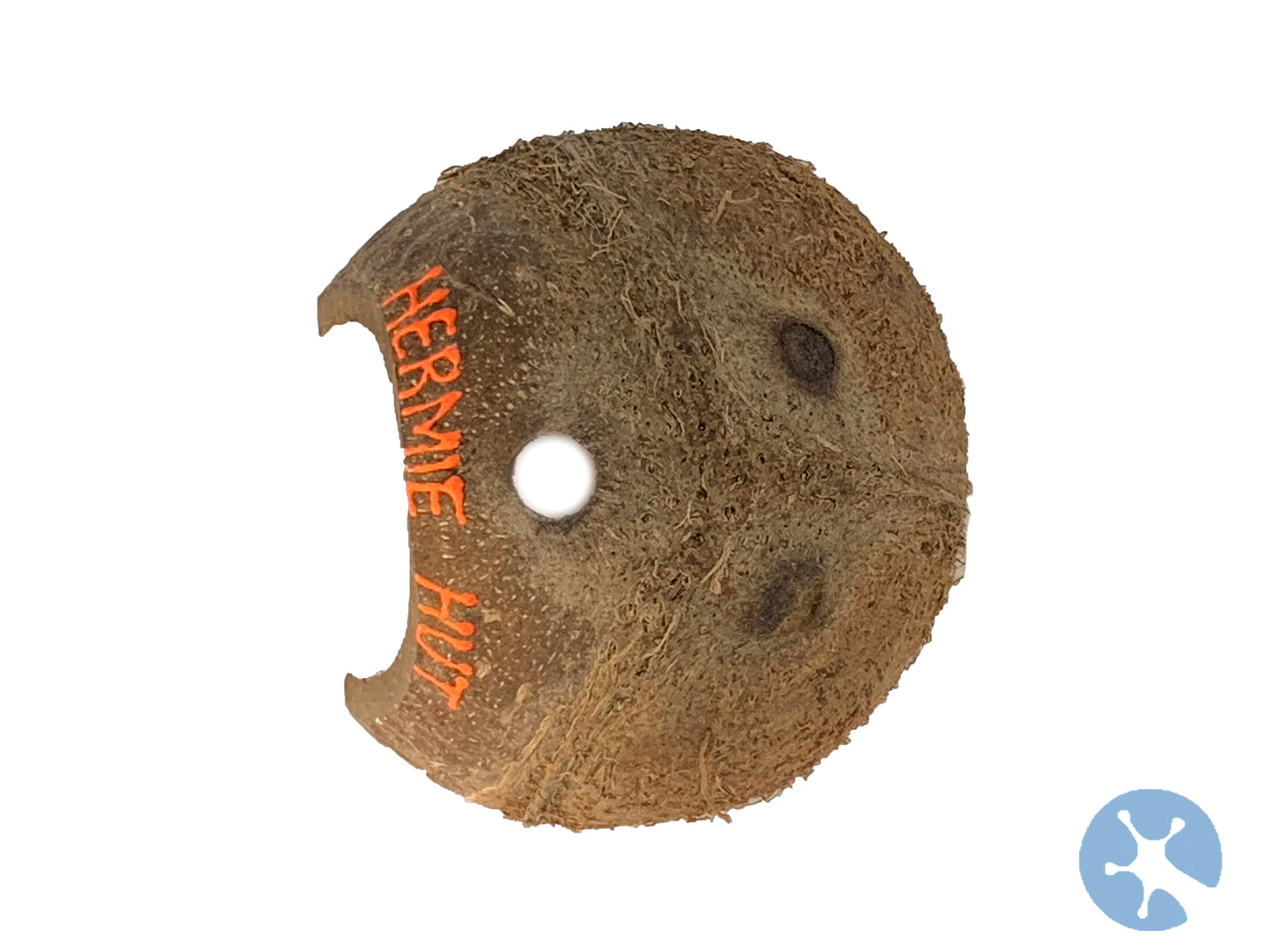
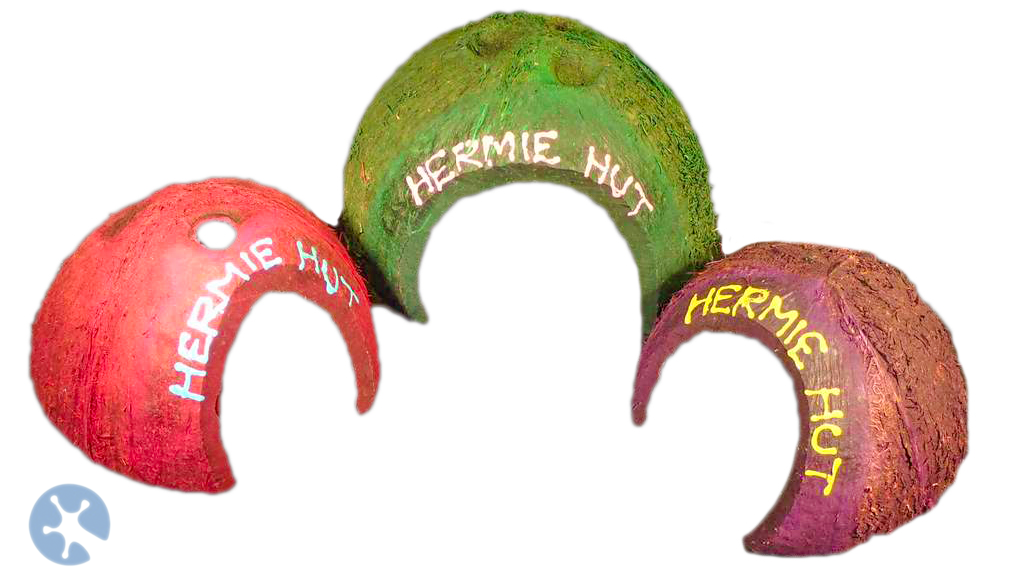
Care Sheets
Live Cricket Care Sheet
Crickets Care Sheet:
PetWave Premium Quality Crickets can be added to the diet of many animals to help provide a balanced and natural nutritious diet. As active movers, crickets are also perfect for animals who are stimulated by the movement of live food in order to eat.
Crickets are suitable for feeding to the following pets:
- Lizards, including Bearded Dragons
- Frogs & Turtles
- Predatory Fish such as Large Cichlid, Barramundi and Oscars
- Insect eating birds
- Chickens
- Rats & Mice
- Spiders
- Wildlife
Crickets contain: 74% Moisture, 18% Protein, 6% Fat and 140mg/kg Calcium and 2520mg/kg of Phosphorus.
Feeding Crickets to Your Pet: Place enough crickets to feed your pet in a small transfer container. Putting the crickets in the refrigerator for a few minutes can slow the crickets down, making them easier to catch for your pet.
Carefully take the crickets to your pet’s enclosure.
- If crickets escape in your house or garage, they can be disturbingly noisy and hard to find.
- If you feed too many to your pet, the crickets can establish in your pet’s home which can be a small risk to your pet or their young.
Feed the crickets at a rate that allows your pet to eat them immediately.
Gutloading is the simple process of feeding your crickets high quality nutritious foods containing healthy minerals and vitamins supplements, so that the nutrition is passed to your pet. Feed the Gutload to the crickets up to 2 hours before being fed to your pet and dust calcium powder on your crickets immediately before you feed them to your pet. Organic Gutload and Calcium Powder can be purchased online from PetWave.
Housing Your Crickets: There are many options for storage of your crickets. Ideally, if you plan on keeping for more than a week they should be unpacked as soon as possible after arriving. The most economical storage containers tend to be plastic sided tubs (say 60+ litre), commonly available from most discount and hardware stores. The tub needs to be extremely well ventilated, as crickets don’t survive long in high humidity environments (due to bacterial and fungal exposure). A lid is not required.
As crickets can cannibalise, they need places to hide. The most economical options are piles of egg cartons, paper towel and toilet rolls and/or corrugated cardboard. Paper towel and toilet rolls are also handy devices for easily capturing your crickets.
Most crickets are produced at temperatures between 25 to 28 Degrees C. Crickets stored at temperatures outside of this may have reduced life.
Toxic fumes can be very dangerous to your crickets including insecticides, cleaning products, dog shampoos, flea products, car fumes, smoke, etc.
Feeding Your Crickets: Crickets are veracious omnivores and will eat almost anything. Choose foods that you would be happy for your pets to eat. Thoroughly washed fresh fruit and vegetables such as carrot, pumpkin, cabbage, lettuce, apple, etc are ideal to meet both their food and water requirements. Dry dog food or rodent pellets are also a handy staple. No other water is required but some people also add a saturated sponge to be sure. Replace the food and clean up any waste every day or two to keep hygienic. Always ensure that there is sufficient food for the crickets, otherwise they might resort to cannibalism.
Cricket Sizes:
- Baby Crickets
- Extra Small Crickets
- Small Crickets
- Medium Crickets
- Large Crickets
Packaging:
Handy tubs & bulk supplies available in most sizes.
Live Superworm Care Sheet
Superworms
Superworms (Tenebrio molitor) are the larvae of mealworm beetles. They have four stages of life: egg, larvae, pupa and adult beetle. Superworms grow to their large size by carefully controlling their environment and protein levels.
PetWave Premium Quality Superworms can be added to the diet of many animals to help provide variety in a balanced and naturally nutritious diet. As active movers, live Superworms are also perfect for animals who are stimulated by the movement of live food in order to eat. They are a clean and easily handled food.
Superworms are high in protein and fat so are good for treats and building up young, sick, injured or gravid animals. Like any treat, Superworms should not be regarded as a stable food and always offered as part of a varied and well-balanced diet.
Superworms contain: 59% Moisture, 10% Protein, 13% Fat, 330mg/kg Calcium and 1650mg/kg Phosphorus. No feeders supplied by PetWave are fed any hormones.
Superworms are suitable for feeding to the following pets:
- Lizards
- Frogs & Turtles
- Predatory Fish
- Insect eating birds
- Chickens
- Rats & Mice
- Spiders
- Wildlife
Some delicate pet species can find Superworms hard to digest, due their hard exoskeleton.
Both the larva and the beetles are edible.
Feeding Superworms to Your Pet: Feed the Superworms at a rate that allows your pet to eat them immediately.
|
Type of Animal |
Examples |
Suggested No of Superworms per Meal |
|
Medium Birds, Medium Lizards, Large Fish & Rats |
ButcherBirds, Bearded Dragons, Large Turtles, etc |
5 |
|
Large Birds, Large Lizards, Chickens |
Chickens, Kookaburras, Magpies, etc |
10 |
Remove the desired amount of Superworms from the fridge and store in a darkened position at room temperature for about a day before feeding so that the Superworms become active.
Gutloading is the simple process of feeding your Superworms high quality nutritious foods containing healthy minerals and vitamins supplements, so that the nutrition is passed to your pet. Feed the Gutload to the Superworms up to 24 hours before by putting them in a dedicated container with food covered with Gutload and then dust your Superworms calcium powder immediately before you feed them to your pet. Organic Gutload and Calcium Powder can be purchased online from PetWave.
Feeding Your Superworms: Superworms are veracious feeders and will eat any fresh or rotting fruit, vegetables, grains or grain products. Thoroughly washed fresh fruit and vegetables such as carrot, potato, pumpkin, apple, etc are ideal to meet both their food and water requirements. When outside the refrigerator, always ensure that there is sufficient food for the Superworms, otherwise they might resort to cannibalism.
Housing Your Superworms: Live Superworms can be stored in the refrigerator for months. Their storage container should have a bed of dry bran or oatmeal which serves as both a food and a substrate for the Superworms to burrow in. The cool temperatures slow the mealworm’s appetites which keeps them in the larva stage for longer. The warmer the temperatures, the more your Superworms will eat and the faster they will grow.
If you want to keep your Superworms for a longer period of time, remove them from the refrigerator every week or two for 24 hours & allow them to warm up and eat. Give them a small amount of food (such as carrot or apple) and top up their bran. Remove any uneaten food when you return them to the refrigerator.
Toxic fumes can be very dangerous to your Superworms including insecticides, cleaning products, dog shampoos, flea products, car fumes, smoke, etc.
Superworm Sizes:
- Baby Superworms
- Extra Small Superworms
- Small Superworms
- Medium Superworms
- Large Superworms
Packaging:
Handy tubs & bulk supplies available in most sizes.
Live BSLF Care Sheet
Vitaworms (Black Soldier Fly Larvae)
PetWave premium quality Vitaworms are the larvae of the Black Soldier Fly (Hermetia illucens). These larvae are recommended by many veterinarians, as these are the only calcium-rich insect feeder that has naturally balanced calcium and phosphorus. Vitaworms are high calcium and low in fat, which makes it an excellent staple feeder.
Vitaworms are recommended as part of a varied and well-balanced diet for any pet and are especially helpful for building up young, sick, injured or gravid animals.
Size of BSFL: Vitaworms are 10 to 25mm in length and 6mm in diameter
Packaging of BSFL: We package the Vitaworms in a substrate of organic feed inside a calico bag and then placed in an aerated cardboard box to ensure that they arrive in premium condition.
How to Feed to Your Pet: Feed the Vitaworms at a rate that allows your pet to eat them immediately, straight from the container into a food bowl.
The darker Vitaworms are those slightly more mature in preparation for pupation. It is recommended that the darker worms are fed first before they stop moving. The calcium levels are at their highest at this stage (the darker the better).
If you are cooling your BSFL to extend their life, let them warm up to room temperature for about 20 minutes before feeding. This will make them move more and be more attractive to your pet.
|
Type of Animal |
Examples |
Suggested No of Vitaworms per Meal |
|
Small birds, small lizards, fish, mice, small mammals & frogs |
Blue Wrens, Gouldian Finches, Geckos, Green Tree Frog, Large Cichlid, Barramundi, Oscars, Sugar Gliders |
5 |
|
Medium birds, medium lizards, large fish & rats |
ButcherBirds, Bearded Dragons, Forest Dragons, Red Barred Lizards, Turtles |
10 |
|
Large Birds |
Chickens, Kookaburras, Magpies |
20 |
If some of the Calciworms do pupate, then you can leave them to let the flies hatch. These flies can be of significant interest to active hunters such as Boyds Forest Dragons, Green Tree Frog and Red Barred Dragons who chase them around their enclosure, great exercise!
Storage and care: Vitaworms are amazingly hardy, tolerating a wide range of temperatures up to 40 Degrees C. They will remain fresh in their calico bag or an aerated sealed container for 2 to 3 weeks at room temperature (just make sure the substrate packing media is slightly moist; a relative humidity of 70% is perfect). Store in a cool and dark position. Storing your Phoenix Worms at 10 to 14 Degrees C can slow their growth and extend their life by up to 12 weeks (temperatures of less than 8 Degrees C can be deadly).
Be aware that Black Soldier Fly Larvae can crawl up steep surfaces (including glass and plastic) so it is important to keep them enclosed to prevent escape.
Toxic fumes can be very dangerous to your Vitaworms including insecticides, cleaning products, dog shampoos, flea products, car fumes, smoke, etc.
Can you put Black Solder Fly Larvae in a refrigerator? Most fridges run around 4 Degrees C, so d a normal refrigerator will kill them. Wine coolers and fridges that run hotter than normal around 12 degrees C or warmer are fine!
Nutritional Value of VitaWorms: Black Soldier Fly Larvae (BSFL) compares favourably to other popular feeders with a calcium to phosphorous ratio of 1.5:1, very close to the ideal 2:1 ratio without gutloading or calcium powder being required:
|
|
Fat |
Protein |
Calcium |
Phosphorous |
Calcium to Phosphorous Ratio |
|
Vitaworms |
9% |
17% |
8115 ppm |
5400 |
1.52 |
|
Crickets |
6% |
21% |
345 ppm |
4300 |
0.08 |
|
Mealworms |
13% |
20% |
133 ppm |
3400 |
0.04 |
*these ratios can be further improved with a specialised & balanced diet
Benefits of VitaWorms:
- great food for a picky eater, irresistible to most reptiles, birds and larger fish
- the VitaWorms are extremely active, wiggling intensely. This behaviour makes them exciting and enticing to your pet
- they are easily confined to a food bowl during your reptile’s meal, so easy to catch and eat
- this perfect herp food can help with growth and development of bones, nerves, egg and can help to prevent or reverse metabolic bone disease, common in Beardies and other lizards and frogs
- no calcium dusting or gut loading required before feeding to your pet
- BSFL contains high levels of lauric acid (known to kill reptile viruses, protozoa and coccidian), thereby acting as a natural antibiotic for your pet
- Vitaworms require no feeding
- they make no odour or noise
- they are a clean food
- nutritional boost for gravid or just-laid females; increases the chance of healthy offspring
- great start for hatchlings, early boost of nutrition to improve their health
- considered the best insect feeder for reptiles and frogs in a mixed diet
Stages of Life:
|
Day 0 |
Stage 1 |
Female fly lays eggs |
|
Day 4 |
Stage 2- 7 |
Eggs hatch into larvae. White larvae eat & grow through 6 instar stages until they have stored enough energy to get through the next stages. During this time they get darker, brown or grey. |
|
Day 21* |
Stage 8 |
Mature prepupa larvae metamorphosis into pupa |
|
Day 36* |
Stage 9 |
Fly emerges |
|
|
|
Fly mates |
|
|
|
Female fly lays eggs |
|
Day 44 |
Stage 10 |
Fly dies |
*At cooler temperatures, these stages can be extended significantly
At the simplest level, BSFL have four stages of life: egg, larvae, pupa and adult fly. Vitaworms eat and grow until they have stored sufficient energy to transform into a pupa; and then into a fly.
Mature Black Soldier Flies (with wings) mimic wasps in appearance but in fact can’t bite or sting. This is because as a fly they only live for 5 to 8 days and therefore do not need or have a mouth parts to eat. Since they don’t eat, they are not vectors of any human diseases unlike some other flies.
Names of Black Soldier Fly Larvae: On the internet, the humble BSFL are known by a myriad of brand names including Calci Worms, Phoenixworms, BIOgrubs, Nutrigrubs, Reptiworms and Soldier Grubs. In Australia, the most common names on online forums for the Black Soldier Fly Larvae include BFSL, Vitaworms, Calciworms, Lizard Grubs, Phoenix Worms & even Beardie Grubs.
PetWave Background:
Where can I buy live Black Soldier Fly Larvae online in Australia?
PetWave is an Australian online pet supply company that is expert in shipping delicate, live and frozen products to you and your pet’s door.
We know that your time is valuable & you want access to reliable, premium products at perfect prices. We are able to satisfy your needs through our premium online offer.
We are very proud to offer the highest quality and largest selection of live fish, aquarium plants and driftwood creations, a wide range of live food such as insects, frozen pet food especially for snakes, lizards, amphibians and birds of prey and many rare, creative and beautiful decorations for your aquarium and terrarium.
We supply other bulk lizard food online such as live crickets, live mealworms, superworms, giant mealworms and woodies.
Vitaworms (BSFL) can be bought online at https://www.petwave.com.au/reptile/live-insects/
Live Mealworm Care Sheet
Mealworms
Mealworms (Tenebrio molitor) are the larvae of mealworm beetles. They have four stages of life: egg, larvae, pupa and adult beetle. Mealworms eat and grow until they have stored sufficient energy to transform into a pupa ….. and then into a beetle.
PetWave Premium Quality Mealworms can be added to the diet of many animals to help provide variety in a balanced and naturally nutritious diet. As active movers, live mealworms are also perfect for animals who are stimulated by the movement of live food in order to eat. They are a clean and easily handled food.
Mealworms are high in protein and fat so are good for treats and building up young, sick, injured or gravid animals. Like any treat, mealworms should not be regarded as a stable food and always offered as part of a varied and well-balanced diet.
Mealworms contain: 59% Moisture, 10% Protein, 13% Fat, 330mg/kg Calcium and 1650mg/kg Phosphorus. No feeders supplied by PetWave are fed hormones.
Mealworms are suitable for feeding to the following pets:
- Lizards
- Frogs & Turtles
- Predatory Fish
- Insect eating birds
- Chickens
- Rats & Mice
- Spiders
- Wildlife
Some delicate pet species can find mealworms hard to digest, due their hard exoskeleton.
Both the larva and the beetles are edible.
Feeding Mealworms to Your Pet: Feed the Mealworms at a rate that allows your pet to eat them immediately.
|
Type of Animal |
Examples |
Suggested No of Mealworms per Meal |
|
Small birds, small lizards, fish, mice, small mammals & frogs |
Blue Wrens, Gouldian Finches, Geckos, Green Tree Frog, Large Cichlid, Barramundi, Oscars, Sugar Gliders, etc. |
5 |
|
Medium birds, medium lizards, large fish & rats |
Butcherbirds, Bearded Dragons, Large Turtles, etc. |
10 |
|
Large Birds |
Chickens, Kookaburras, Magpies, etc. |
20 |
Remove the desired number of mealworms from the fridge and store in a darkened position at room temperature for about a day before feeding so that the mealworms become active.
Gutloading is the simple process of feeding your Mealworms high quality nutritious foods containing healthy minerals and vitamins supplements, so that the nutrition is passed to your pet. Feed the Gutload to the Mealworms up to 24 hours before by putting them in a dedicated container with food covered with Gutload and calcium powder on your Mealworms immediately before you feed them to your pet. Organic Gutload and Calcium Powder can be purchased online from PetWave.
Feeding Your Mealworms: Mealworms are veracious feeders and will eat any fresh or rotting fruit, vegetables, grains or grain products. Thoroughly washed fresh fruit and vegetables such as carrot, potato, pumpkin, apple, etc are ideal to meet both their food and water requirements. When outside the refrigerator, always ensure that there is sufficient food for the Mealworms, otherwise they might resort to cannibalism.
Housing Your Mealworms: Live Mealworms can be stored in the refrigerator for months. Their storage container should have a bed of dry bran or oatmeal which serves as both a food and a substrate for the mealworms to burrow in. The cool temperatures slow the mealworm’s appetites which keeps them in the larva stage for longer. The warmer the temperatures, the more your mealworms will eat and the faster they will grow.
If you want to keep your mealworms for a longer period of time, remove them from the refrigerator every week or two for 24 hours & allow them to warm up and eat. Give them a small amount of food (such as carrot or apple) and top up their bran. Remove any uneaten food when you return them to the refrigerator.
Toxic fumes can be very dangerous to your Mealworms including insecticides, cleaning products, dog shampoos, flea products, car fumes, smoke, etc.
Mealworm Sizes:
- Baby Mealworms
- Extra Small Mealworms
- Small Mealworms
- Medium Mealworms
- Large Mealworms
Packaging:
Handy tubs & bulk supplies available in most sizes.
Live Woodies Care Sheet
Woodies
PetWave Premium Quality Woodies can be added to the diet of many animals to help provide a balanced and natural nutritious diet. As active movers, Woodies are also perfect for animals who are stimulated by the movement of live food in order to eat. Woodies are extremely clean.
Woodies are suitable for feeding to the following pets:
- Lizards, including Bearded Dragons
- Frogs & Turtles
- Predatory Fish such as Large Cichlid, Barramundi and Oscars
- Insect eating birds
- Chickens
- Rats & Mice
- Spiders
- Wildlife
Woodies contain: 60.2% moisture, 29.4% protein, 6.2% fat, 750mg/kg Calcium & 2600mg/kg Phosphorous.
Feeding Woodies to Your Pet: Place enough woodies to feed your pet in a small transfer container.
Feed the woodies at a rate that allows your pet to eat them immediately.
Gutloading is the simple process of feeding your woodies high quality nutritious foods containing healthy minerals and vitamins supplements, so that the nutrition is passed to your pet. Feed the Gutload to the woodies up to 24 hours before by putting them in a dedicated container with food covered with Gutload and dust calcium powder on your Mealworms immediately before you feed them to your pet. Organic Gutload and Calcium Powder can be purchased online from PetWave.
Housing Your Woodies: There are many options for storage of your woodies. Ideally, if you plan on keeping for more than a week they should be unpacked as soon as possible after arriving. The most economical storage containers tend to be plastic sided tubs (say 60+ litre), commonly available from most discount and hardware stores. The tub needs to be extremely well ventilated, as woodies don’t survive long in high humidity environments (due to bacterial and fungal exposure). It is recommended that you replace most or all of the lid with fine mesh.
Please note that Woodies are incredible climbers being able to climb even the smoothest surfaces. To keep them within their containers, it is recommended that you create a barrier to stop them escaping eg. vaseline.
As woodies can cannibalise, they need places to hide. The most economical options are piles of egg cartons, paper towel and toilet rolls and/or corrugated cardboard. Paper towel and toilet rolls are also handy devices for easily capturing your woodies.
Most woodies are produced at temperatures around 20 to 25 Degrees C. Woodies stored at temperatures outside of this may have reduced life.
Toxic fumes can be very dangerous to your woodies including insecticides, cleaning products, dog shampoos, flea products, car fumes, smoke, etc.
Feeding Your Woodies: Woodies are veracious omnivores and will eat almost anything. Choose foods that you would be happy for your pets to eat. Thoroughly washed fresh fruit and vegetables such as carrot, pumpkin, cabbage, lettuce, apple, etc are ideal to meet both their food and water requirements. Dry dog food or rodent pellets are also a handy staple. No other water is required but some people also add a saturated sponge to be sure. Replace the food and clean up any waste every day or two to keep hygienic. Always ensure that there is sufficient food for the woodies, otherwise they might resort to cannibalism.
Woodie Sizes:
- Baby Woodies
- Extra Small Woodies
- Small Woodies
- Medium Woodies
- Large Woodies
Packaging:
Handy tubs & bulk supplies available in most sizes.
Hermit Crab Care Sheet


Blog posts
View all-
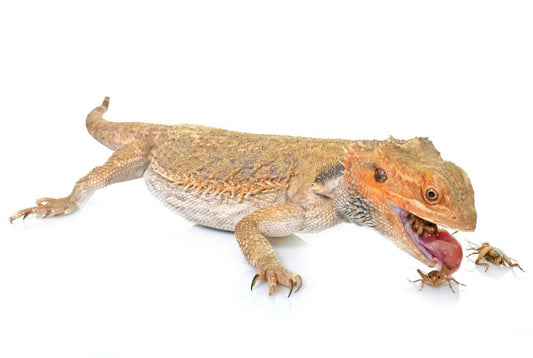
Cricket Cuisine: Exploring the Benefits of Cric...
PetWave SydneyReptile owners are constantly seeking ways to provide their scaly companions with a nutritious and well-rounded diet. While traditional food options like mealworms and waxworms have long been staples in...
Cricket Cuisine: Exploring the Benefits of Cric...
PetWave SydneyReptile owners are constantly seeking ways to provide their scaly companions with a nutritious and well-rounded diet. While traditional food options like mealworms and waxworms have long been staples in...
-
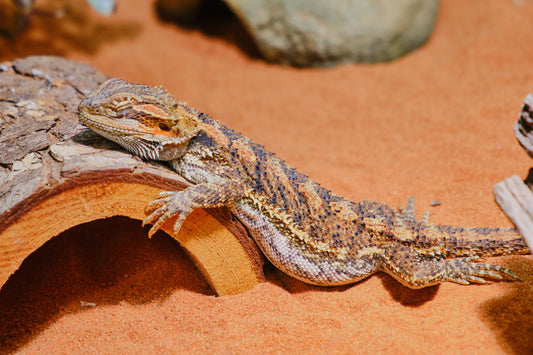
Embracing the Awakening: What to Do When Your R...
PetWave SydneyAs a reptile owner, one of the fascinating natural behaviours you may encounter is brumation. Brumation is the reptilian equivalent of hibernation, during which cold-blooded reptiles enter a state of...
Embracing the Awakening: What to Do When Your R...
PetWave SydneyAs a reptile owner, one of the fascinating natural behaviours you may encounter is brumation. Brumation is the reptilian equivalent of hibernation, during which cold-blooded reptiles enter a state of...
-
Essential Guide on How to feed a snake Frozen food
If you are a fan of reptiles, snakes can be an excellent pet to have. Compared to other reptiles, they are relatively easier to take care of. Paired with nominal...
Essential Guide on How to feed a snake Frozen food
If you are a fan of reptiles, snakes can be an excellent pet to have. Compared to other reptiles, they are relatively easier to take care of. Paired with nominal...







